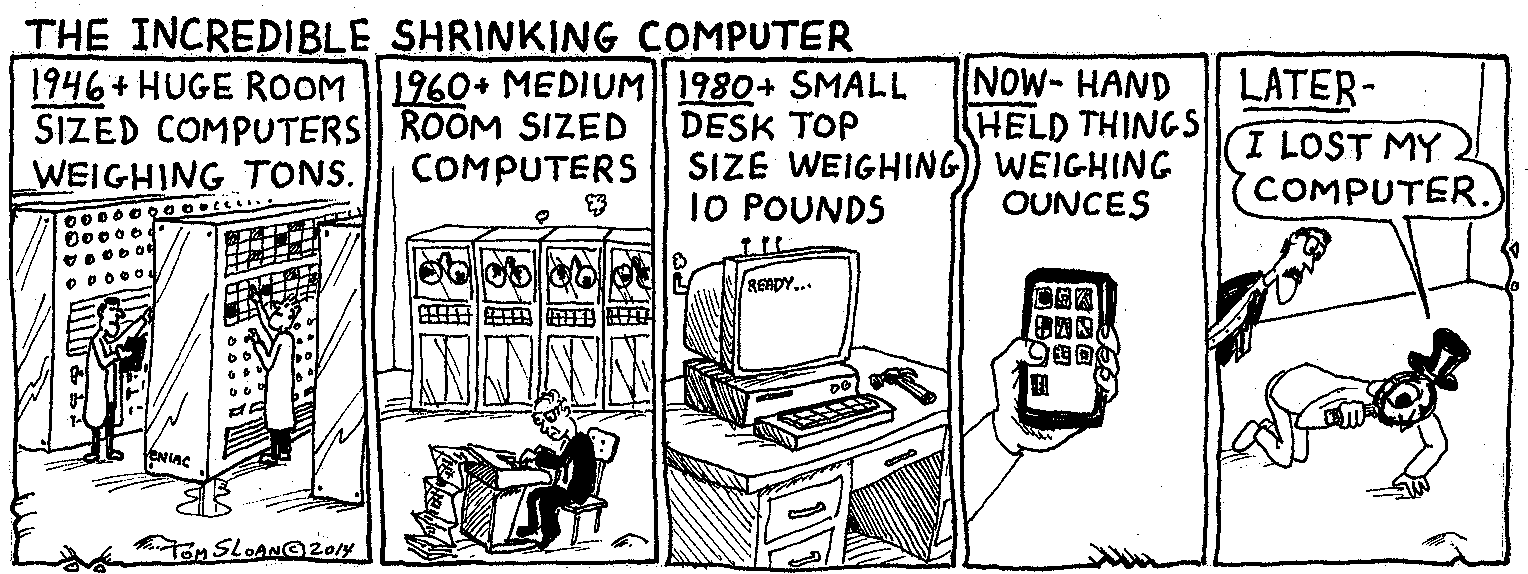In the relentless pursuit of miniaturization and efficiency, the semiconductor industry has embarked on a journey towards the sub-atomic scale, particularly evidenced by the advent of 7-nanometer (nm) technology. This evolution represents not merely a reduction in size, but a profound transformation in the capabilities of computer chips. As we delve into the nuances of this technological frontier, several key thematic areas emerge that elucidate the impact of shrinking dimensions on performance, architecture, manufacturing, and ultimately, society at large.
Firstly, the remarkable progression to the 7nm process node necessitates an understanding of the physical limits imposed by quantum mechanics. As feature sizes approach the atomic level, classical physics no longer suffices; quantum tunneling becomes a notable phenomenon, where electrons exhibit behavior that contradicts traditional particle dynamics. This shift compels engineers to innovate novel techniques, such as FinFET (Fin Field-Effect Transistor) designs that provide better control over electrical pathways while significantly reducing leakage currents. This enables higher operational speeds and lower power consumption, which are essential characteristics for modern high-performance computing tasks.
Subsequently, as we explore chip architecture, it becomes apparent that 7nm technology introduces enhancements in parallel processing capabilities through increased transistor density. The typical processor architecture evolves to embrace more cores, allowing simultaneous execution of multifaceted tasks which is indispensable for data-intensive applications such as artificial intelligence and extensive gaming environments. With billions of transistors integrated into a single chip, manufacturers can optimize performance not just in terms of speed but also in the efficiency of computation—driving systems that were formerly unprecedented in their capacity for handling complex algorithms.
Moreover, the development of 7nm chips has ushered in a wave of innovation across various sectors, including mobile technology and embedded systems. The smartphone industry, for instance, capitalizes on these advancements by incorporating highly efficient processors that extend battery life without compromising performance. This requires an omnipresent ecosystem that embraces not only faster processors but also compositional benefits such as enhanced graphics processing units (GPUs) and improved machine learning capabilities. In doing so, this technology seamlessly integrates into every facet of daily life, redefining user experiences and expectations.
Beyond hardware, the software environment must evolve in tandem. With the increased complexity facilitated by the 7nm technology, the need for sophisticated software frameworks becomes paramount. This includes operating systems that can efficiently manage resources across numerous cores and applications that leverage advanced parallel computing capabilities. The programming paradigms must adapt through enhanced languages and development environments that support the intricate nuances of concurrent execution and memory management. It is an interplay where software optimally orchestrates the potential of hardware, thereby maximizing efficacy.
Furthermore, the manufacturing processes for 7nm chips present a plethora of challenges and breakthroughs. The lithography techniques required to etch these minuscule features have seen improvements such as Extreme Ultraviolet (EUV) lithography. This technology utilizes shorter wavelengths of light, enabling the fabrication of intricate patterns with unparalleled precision. It is a delicate balancing act, as manufacturers aim to mitigate fabrication costs while simultaneously pushing for reduced defect rates. The multi-faceted nature of semiconductor manufacturing exemplifies the intricate supply chain and research investments needed to sustain this rapid progression.
The environmental implications of pursuing ever-smaller chip technologies warrant scrutiny. With increased efficiency and performance, there arises the potential for reduced energy consumption in devices and data centers globally. However, the consequential electronic waste generated from obsolete technologies poses significant ecological challenges. Thus, there is a burgeoning dialogue surrounding sustainable practices within the semiconductor industry, balancing the drive for technological advancement with environmental stewardship. As we progress into an era defined by precision and miniaturization, the industry is compelled to adopt circular economic models that advocate for reuse, recycling, and resource conservation.
Finally, it is imperative to consider the geopolitical dimensions associated with the semiconductor industry, particularly as nations race to secure technological supremacy. The reliance on advanced chip technologies, such as those based on 7nm processes, has catalyzed a reshaping of international relations and trade policies. The competition for self-sufficiency in semiconductor manufacturing has led to increased investments in local supply chains and innovation ecosystems. Future trajectories indicate that countries will prioritize advancements in semiconductor technology, for it is not merely a matter of economics but also a defining factor of national security and technological independence.
In summary, the transition to 7nm technology encapsulates a multi-faceted narrative that redefines our understanding of computer chips and their pivotal role in modern society. The implications extend far beyond electronics, influencing domains such as software development, environmental policies, and international competition. As we stand on the brink of the sub-atomic era, it is evident that this transformative journey will continue to unravel, leading to innovations that will shape the fabric of our digital future. The fusion of science, technology, and society rests upon the intimate dance of atoms, driving forth an era of unprecedented possibilities.










